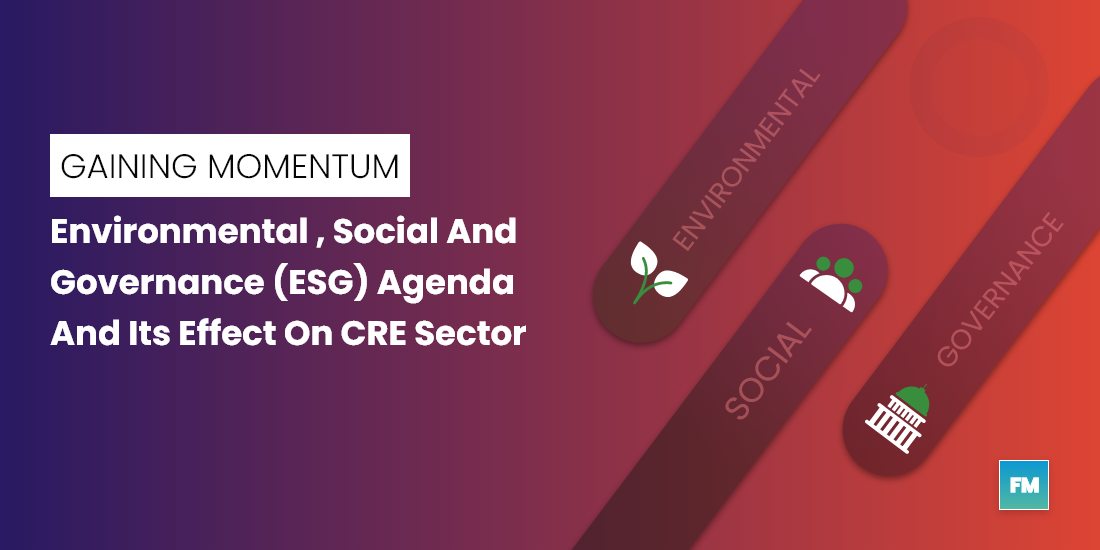Last month on 22nd April, President Biden pledged to reduce U.S. greenhouse gas emissions by at least 50% by 2030 from 2005 levels. The news came up with another announcement to generate 100 percent carbon pollution-free electricity by 2035 (note that the US is generating 40% of their energy from renewable sources) both were anticipated and highly celebrated decisions among climate change believers.
Rejoining the Paris agreement and focusing on climate change issues have always been on his agenda during the presidential campaign. With the official announcement of the same, he sent a strong signal across the global community that the US will take climate change seriously and do everything to protect it.
But this time these announcements had something in common, we believe it gave impetus to the environmental, social, and governance (ESG) agenda which had already been gaining momentum worldwide amidst the pandemic. Declaration of these targets only emphasis on the united state’s participation in the race.
Role of commercial buildings
It is evident that to achieve both the targets, the US Govt has to partner with commercial real estate stakeholders, since the building sector in the US, accounts for 40 percent of the Nation’s energy use and nearly 75 percent of its electricity consumption.

as of now all four approaches have been individually planned and managed by the leading facility management companies.
The race to net zero was already heated during the last presidential term, with many global organizations making environmental commitments not just to save the planet but to attract and retain talented people.
Although this is not the first major boost the green building movement has received in the last couple of months, as last year witness the thousandth company pledging to meet science-based targets that would mitigate climate change and the number of companies making net zero carbon pledges more than doubled over 2019 levels.
But from the investor’s point of view and specifically for sustainable or environmental, social, and governance (ESG) funds, this is certainly a major backing for both the private and govt sector.
Environmental, social, and governance (ESG) agenda
Since pandemic tenets are realizing the importance of the built environment on the well-being and productivity of the employees. Sustainable buildings are rising up the environmental, social, and governance agenda as tenants want offices that promote wellbeing and sustainability. the carbon footprint of offices has also become an area of focus for more occupiers. Investing in green buildings is being pushed further up the environmental, social and governance (ESG) agenda.
Research from Warburg-HIH Invest found 51 percent of 100 respondents were expecting a higher return on real-estate projects that take ESG into account and 70 percent said ESG is now relevant to their investment criteria.
A similar change has also been observed from the demand side as well, the buildings that aren’t energy-efficient and usually require higher operational spending come at cheaper rates, however now the forward-thinking tenants are inclined to look elsewhere else and more likely to pay higher charges for offices that promote wellbeing and sustainability. Whether we look at investors or occupiers, it seems clear that demand for more sustainable buildings is climbing. According to RICS’ latest Global Commercial Property Monitor, almost 40% of professionals believe that occupier demand for buildings with Green Building Certifications has risen modestly in the past year.
How close are we to the finish line?
While all the policy, regulatory and social-economical changes the demand for greener buildings is growing, however, it is still not achieved mainstream attention. There are many investors for whom cost economics is still the main deciding factor. Although they express interest in the ESG-related factors, the underlying decisions are still taken on the cost factor.
Sustainable buildings have so much to prove. They had promised and delivered better work environmental conditions and attracted the early movers. But to sustainability improve the bottom line building developers and facility management firms need more data to track the building performance. More investment cases on sustainability development.
There is only one way to ensure progress and it is to produce and monitor reliable building data. With the use of technological innovation that has been taking place, performance benchmarking can be developed to ensure all the key building parameters are in place and aligned to improve the building performance.
How are you managing the ESG agenda? What are the ways your team is approaching sustainable development while ensuring profitability? Do you have facilities management and sustainability strategies aligned?

Leave a Reply